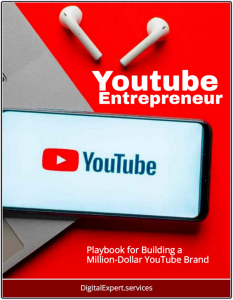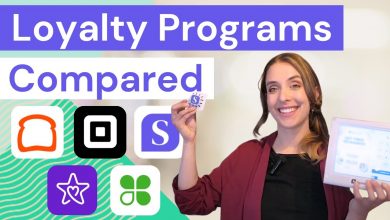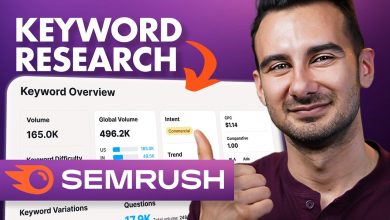 AI-generated influencers, or virtual influencers, have surged in popularity since the late 2010s, driven by advancements in artificial intelligence, CGI, and machine learning.
AI-generated influencers, or virtual influencers, have surged in popularity since the late 2010s, driven by advancements in artificial intelligence, CGI, and machine learning.
These digital personas, like Lil Miquela, a CGI Instagram star created by Brud, captivate millions with lifelike visuals and curated personalities.
Unlike human influencers, virtual influencers offer brands complete control, eliminating risks of scandals while delivering tailored content across platforms like Instagram and TikTok.
Technological leaps in generative AI and 3D modeling have made these characters increasingly realistic, enabling dynamic interactions and global appeal. By 2025, virtual influencers have expanded into gaming, music, and the metaverse, with figures like Hatsune Miku performing holographic concerts, blending seamlessly into modern entertainment.
The business models monetizing these influencers are diverse and lucrative. Brands partner with virtual influencers for sponsored campaigns, leveraging their predictability for promotions with companies like Prada or Samsung. Creators also launch branded merchandise, from clothing to NFTs, capitalizing on the influencers’ unique aesthetics.
Licensing their likeness for media, such as ads or video games, generates substantial fees, while subscription-based content like exclusive videos or virtual meet-and-greets fosters recurring revenue. Virtual events, including concerts in the metaverse, draw ticket sales and sponsorships, and affiliate marketing through product promotions yields commissions.
Some agencies license their AI technology to brands, enabling custom virtual personas. Despite high initial development costs and concerns over authenticity, these models thrive due to scalability and global reach. As the metaverse grows and AI advances, virtual influencers are set to dominate niche markets, offering brands innovative ways to engage audiences in an increasingly digital world. Their 24/7 adaptability and cross-platform presence make them a cornerstone of modern marketing strategies.




